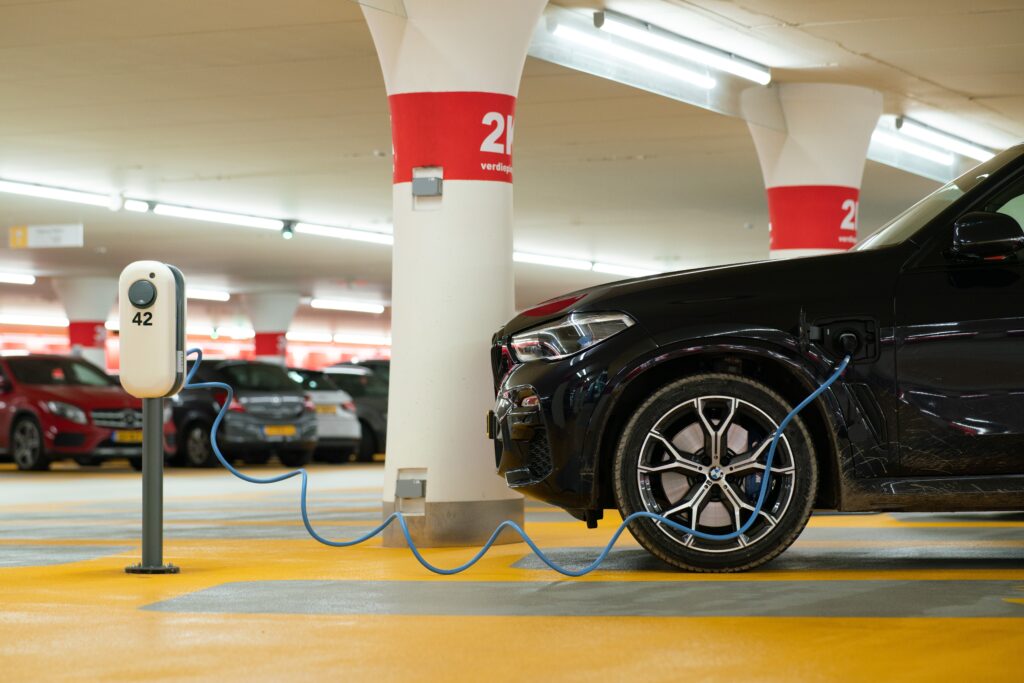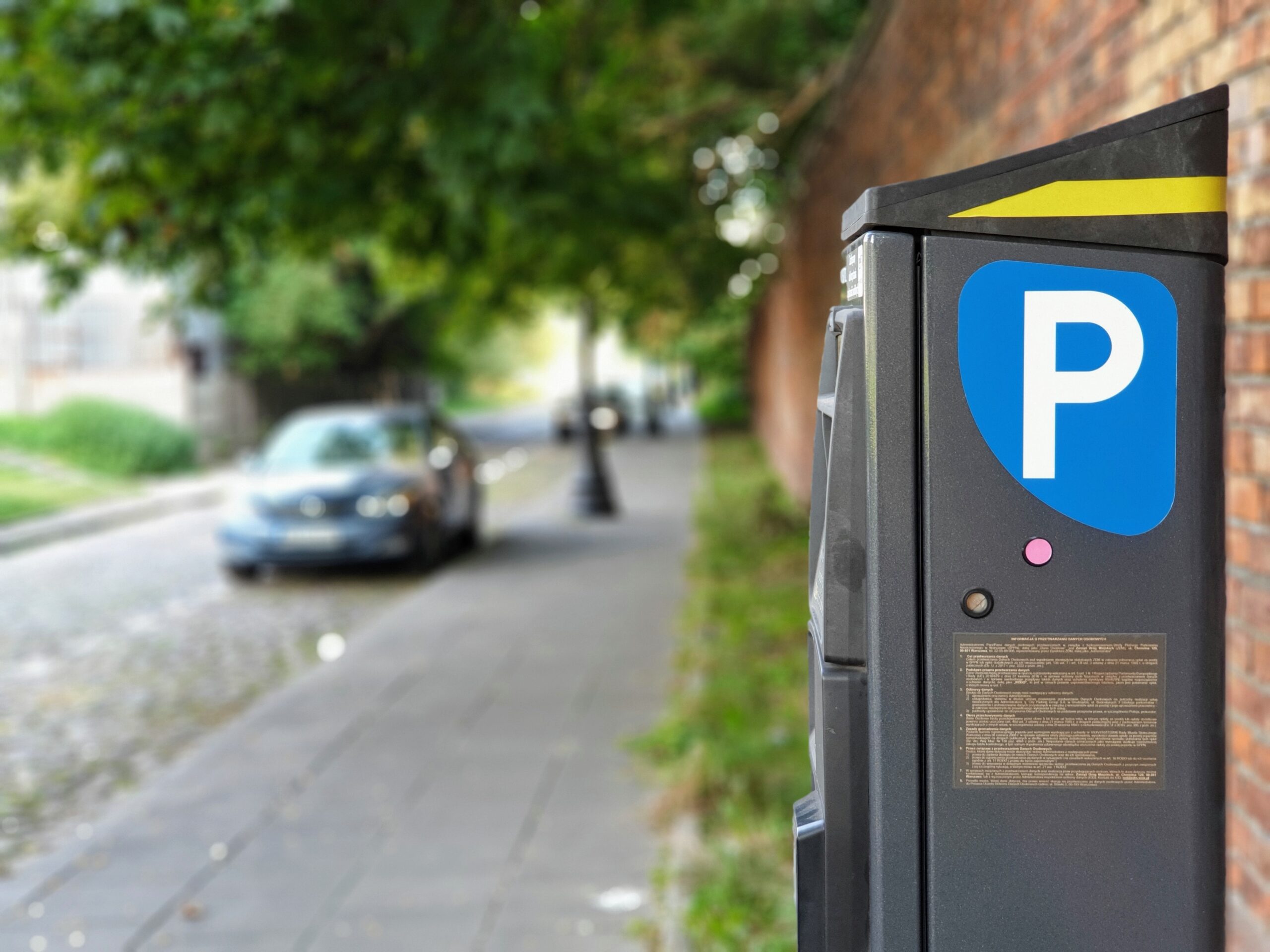
Many may be familiar with the term, “Preferred Parking”, but not everyone knows how this fits into LEED’s standards. The demand for parking can be downsized through locating projects in high-density, mixed-use areas or places well served by public transport, or even through establishing transportation demand management strategies such as the provision of preferred parking.
Preferred parking or discounted parking is one of the few strategies for encouraging a more sustainable future for car parks. Leadership in Energy and Environmental Design (LEED) is transforming the way built environment professionals think about how buildings and communities are planned, constructed, operated, and maintained. The U.S. Green Building Council (USGBC) has developed such a system to quantify the environmental performance of a building and drive market evolution towards sustainability. Comprehension of LEED’s concepts is a step forward in any professional’s pursuit of constructing sustainable designs for the future.
Preferred Parking Meaning
LEED preferred parking is simply defined as designated spaces that are close to the main entrance of the building. Green vehicles, which are vehicles that have achieved a Green Score of 45 or more from ACEEE can parking close to the entrance for LEED projects that have earned the Green Vehicles credit. In LEED for this credit it is required to provide 5% of your parking as preferred parking, something like VIP parking for green vehicles.
LEED defines preferred parking similarly to the general definition where it describes the term as the parking spaces closest to the main entrance of a building (exclusive of spaces designated for people with disabilities). In terms of employee parking, this refers to the spaces closest to the entrance that are used by employees.
Carpark designers and developers that aspire for LEED can gain additional credits by carefully considering the site’s construction and layout. Further understanding and comprehension of LEED and its requirements in terms of preferred parking can be sought through becoming a LEED Green Associate.
Guidelines When Incorporating LEED Parking
When locating such parking spaces, it is imperative for any team that is pursuing LEED to consider the following directions:
1 Preferred parking spaces are required to have the shortest walking distance to the main entrance of the project (exclusive of spaces for people with disabilities).
2 For multilevel facilities with parking, the preferred parking spaces are to be located on the level closest to the main entrance of the project. If there are different parking spaces allotted for different types of building occupants, such as staff parking and customer parking, then a project can either distribute the required parking spaces proportionally across the different types of parking areas or it can provide one general preferred parking zone with an adequate amount of parking space for all occupant types.
Credits for LEED Preferred Parking
There are credits under the Location and Transportation (LT) category in LEED v4 such as the Reduced Parking Footprint credit and Green Vehicles credit that mention and require preferred parking spaces.
LEED Preferred Parking Requirements
1. LT Credit: Reduced Parking Footprint
The intent of this credit is to minimize the environmental harms associated with parking facilities, including the dependence on automobiles, land consumption, and rainwater runoff. For all projects, it is required that 5% of the total vehicle parking capacity of the site after reductions are made from the base ratios. It is important to note that preferred parking would no longer be required if no off-street parking is provided.
2. LT Credit: Green Vehicles
The aim of this credit is to reduce pollution by encouraging the use of alternatives to the conventionally fueled automobiles. In achieving this aim, it requires 5% of the total vehicle parking capacity used by the project as preferred parking for green vehicles. LEED also requires this to be clearly identified and enforced for the sole use of green vehicles and to distribute these parking spaces proportionally among the various parking sections such as short-term and long-term spaces.
Additionally, these green vehicles must achieve a minimum green score of 45 on the American Council for an Energy-Efficient Economy (ACEEE) annual vehicle rating guide (or local equivalent for projects outside the U.S.).
Note that a minimum discounted parking rate of 20% for green vehicles is an acceptable substitute for preferred parking spaces. It is important that the discounted rate be publicly posted at the entrance of the parking area and to be permanently available to every qualifying vehicle.
Designers pursuing LEED certification need also to be aware that in addition to preferred parking for green vehicles, it is mandatory to meet one of the two options for alternative-fuel fueling stations. Further details on this are taught when pursuing a LEED Green Associate title or LEED AP title.
How Do I Allocate Preferred Parking Spaces With Visitor Parking?
LEED has advised that this parking may be applied separately for each section. Referring to LT Overview section of the BD+C Reference Guide, if the parking area is subdivided into different occupant types or users, such as customers and employees, staff and students, a project may proportionally distribute the required preferred parking spaces across each parking section.
Car Park Tips For Earning Extra LEED Credits
Here are four useful tips for gaining those extra LEED credits for any car park project.
Tip 1: Preferred Parking or Discounted Parking
USGBC guidelines recommend that 5% of the total vehicle parking capacity of the site to provide preferred parking or discounted parking for users with low-emitting and fuel-efficiency vehicles. This encourages drivers or occupants to use more efficient vehicles.
Tip 2: Alternative-fuel Fueling Stations

It is encouraged to install alternative-fuel fueling stations, such as electric vehicle charging stations that can address 3% of the total vehicle parking capacity of the site.
Tip 3: Preferred Parking For Vehicle-sharing Programs
Providing preferred parking for building occupants that comply with fuel-efficient vehicle-sharing programs can drive occupants to join such programs that mitigate carbon emissions. This means that car-pooling participants would be eligible for parking spaces that are close to the main entrance of the building (exclusive of handicapped spaces) or parking passes provided at a discounted price.
Tip 4: Car Park Coating System
Properly selecting a car park coating system with environmental benefits can allow building projects to gain additional LEED credits.





